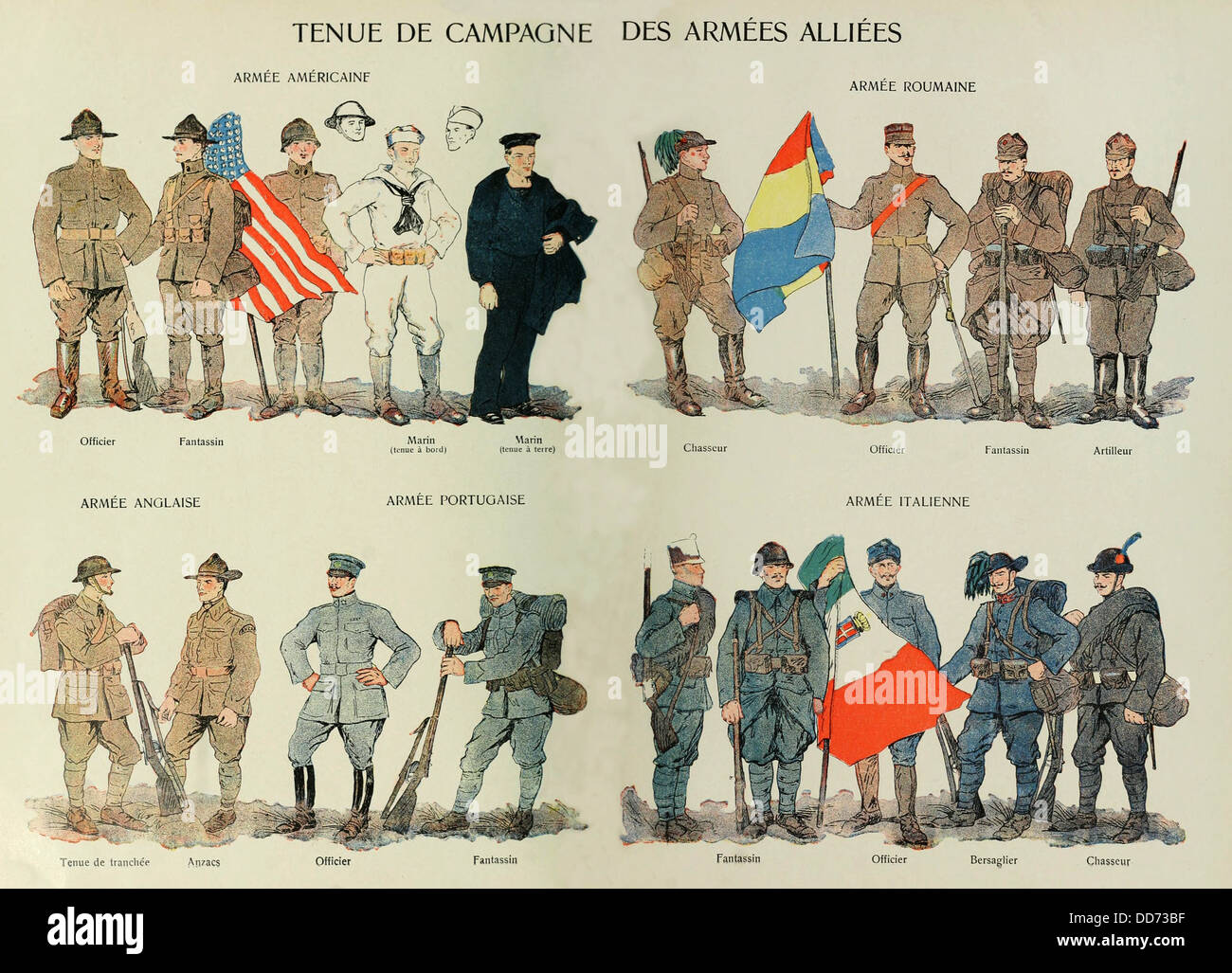Spanish supremacy, though short-lived, was real enough. The Spanish “style” was set in this Golden Age, which has left the West magnificent paintings, architecture, and decoration, and one of the few really universal books, Don Quixote by Miguel de Cervantes (1547-1616).
This Spanish style is not at all like those of France and Italy, even though they are often tied with Spain as “Latin.” Many historians see the Spanish spirit as among the most serious, most darkly passionate, in the West—a striving spirit, carrying to an extreme the chivalric concept of honor.
In religion, during the generations following Ignatius Loyola, the Spanish style was expressed most strikingly in the careers of St. Teresa of Avila (1515-1582) and St. John of the Cross (1542-1591). Theirs was no attempt to withdraw into monastic isolation but a visionary effort to do combat with this world of the senses and thus transcend it. Together they worked vigorously to reform Spanish monasticism. John, in particular, was harshly persecuted by established religious interests, while Teresa, denounced by the Counter-Reformation clergy for her “diabolical illusions,” was deeply loved by both the laity and the nuns of her time.
The creations of Cervantes, in their very different way, likewise carry the mark of the Spanish style. Don Quixote is aflame with passion for Dulcinea, the woman he has invented—quite mad. The knight’s servant, Sancho Panza, is conventional, earthy, unheroic, and sane enough, though his sanity fails to protect him from sharing his master’s misadventures. Cervantes almost certainly meant no more than an amusing satire of popular tales of chivalry, but his story came to symbolize a Spain forever racked between fantasy and common sense.
Extreme pride—pride of status, of faith, of nation— was often the mark of Spain. Five hundred years before, El Cid (c. 1040-1099), the legendary hero of the reconquest from the Muslims, was fatalistic and proud. The same tone was representative of the writers of the Golden Age of Spain, though perhaps the painter El Greco best expressed what was important to the Spanish leaders of the time. El Greco (1541-1614) was born on Crete. After studying in Venice, he settled in the 1570s in Toledo. His work showed the influence of other cultures; Titian and Tintoretto in particular were of great importance to his early development.
Yet he also developed his own independent voice. He was an intellectual who developed the arguments of the Catholic Reformation explicitly in his art. The famous picture of St. Peter in tears, painted between 1580 and 1585, emphasized the importance of penitence, even for the founder of the church, precisely because the Protestants had disparaged penitence. He personalized the saints, encouraging a personal attachment to a specific saint, and he glorified the Virgin Mary in his work. To bring the church fathers and the saints closer to the people, he depicted them in sixteenth-century dress.
Historians loosely speak of great world powers as having possessed, or being dominant in, a particular century: The twentieth century has often been referred to as “the American century”; certainly the nineteenth was “the British” and the seventeenth century the “French.” The sixteenth century, the Golden Age of Spain, was distinctively marked by the Spanish sense of style and by Spain’s initiatives in western European affairs.

